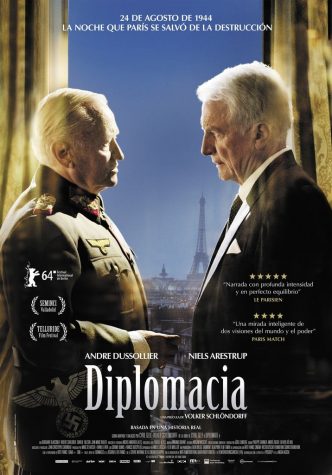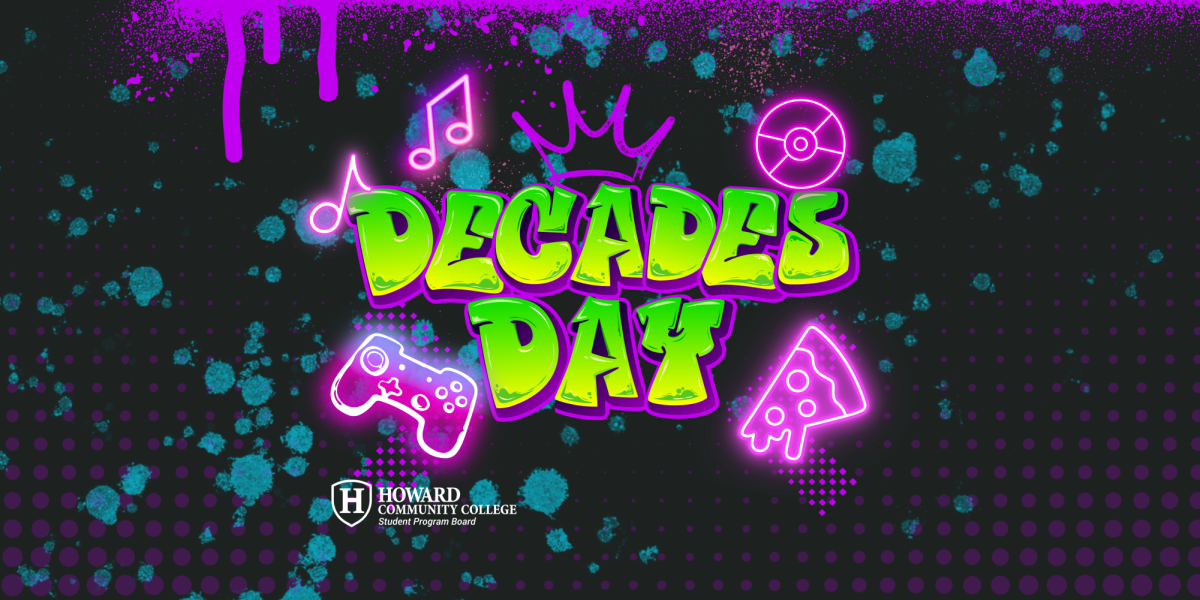The Lighthouse: Identity and Truth
November 12, 2019
The Lighthouse is the second film directed by Robert Eggers, following up on 2016’s “The Witch”.
The Lighthouse is about two lighthouse keepers, a younger first-timer named Ephraim Winslow (Robert Pattinson) and an older lighthouse keeper named Thomas Wick (Willem Dafoe), who go to an island off of the New England coast for a month-long period and become stranded and isolated by a massive storm. The film is in black-and-white and is presented entirely in a square shape, two aesthetic sensibilities that effectively enhance everything else.
The first and most important thing to discuss this movie is the acting. There are only two characters with dialogue in this film, Winslow and Wick, and Pattinson and Dafoe effectively have to carry the entire plot and mood of the movie through their acting. Both succeed remarkably well. Dafoe delivers several intense monologues flawlessly, once without blinking for four minutes straight and once with dirt repeatedly falling into his mouth and eyes. Pattinson equally becomes his character and the growing instability that Winslow experiences feels real to the viewer, with Pattinson adding enough raw emotion and ambiguity to make the viewer wonder whether his character is delusional or not. In one of the final scenes of the film, Pattinson acts a series of several shifting emotions in one take while staring directly at the camera, and he convincingly makes the mental experience of the character known to the viewer in an intense, uncomfortable way. Both actors entirely become their characters in ways that are very, very rarely seen. Frankly, this is the film they were both born to appear in.
The visuals are another major aspect of this movie. The use of lighting in the film primarily is in a style known as “chiaroscuro”, which is the use of light and shadow. Each scene has a specific contrast between the main source of light and darkness surrounding it, thematically fitting the film’s focus on light itself but also causing each frame of the film to have its own emotional impact and effect. Each scene and frame effectively focuses the viewer’s eyes on what to pay attention to without sacrificing the artistic quality and effect of the rest of the picture. The exterior daylight scenes are shot in a way that enhances the feelings of isolation by showing large empty swaths of the island at a time, the exterior scenes both at night and in the storm enhance the growing chaos and turmoil as tensions rise and strange events beginning happening, and the interior scenes reflect the claustrophobia between the two characters. The visuals of the buildings and island themselves are effectively and realistically designed to create a well-defined space. The location not only feels real and believable, but it also becomes as much of a character as Pattinson and Dafoe. In addition, there are common visual motifs and styles that are shared by the scenes which are likely to be the delusions of the characters and the scenes which are likely to be real events they experience, giving the audience the same experience of not knowing or trusting what is true that the characters themselves feel.
The writing of this film is one more aspect of it that stands out as above and beyond both its precursors and contemporaries. The film, told mostly from Winslow’s perspective, is primarily driven by the interactions of the characters and Winslow’s experience, both typical and strange, on the island. The film never gets repetitive or boring, however, as it naturally progresses from event to event, more context is slowly revealed, and the level of intensity, confusion, and surprise rapidly rise into an utterly shocking climax and one of the most memorable final shots in cinema history. The dialogue feels real and, in the mouths of the actors in the film, acquaints the viewer with the characters more effectively than even their actions. The dialogue is also sparse. A lot of this film is completely silent.
The film does not suffer for this silence, however, but benefits tremendously from allowing the picture to speak for itself, and in the scenes where dialogue is present, no words are wasted. In addition, the film’s writing is heavily thematic, focusing on the identity of the two characters, the connection between them and what that reveals about each of them, and the truth behind who they are. These themes are often explored either visually, through undiscussed events that create clear patterns or through visual motifs such as the ocean and the light itself, or through dialogue, with certain specific words and repetitions representing these concepts.
Overall, The Lighthouse is a movie in which all of its aspects are so expertly crafted, from Eggers’ writing and directing, to Pattinson’s and Dafoe’s acting, to Mark Korven’s subtly dreadful score, that it becomes much more than the sum of its parts. This is easily the most artistically and visually meaningful film to come out in a long time, and while it’s not for people who don’t want those deeply complex elements of visual storytelling in their movies, those who appreciate its style will find it to be one of the best and most effective movies they ever see. After watching it, I had to go see it again the next night to get my thoughts in order, and I have concluded that it is the best film I have ever watched, or at the very least my favorite. I hope it does the same for you. 6/5 stars.






